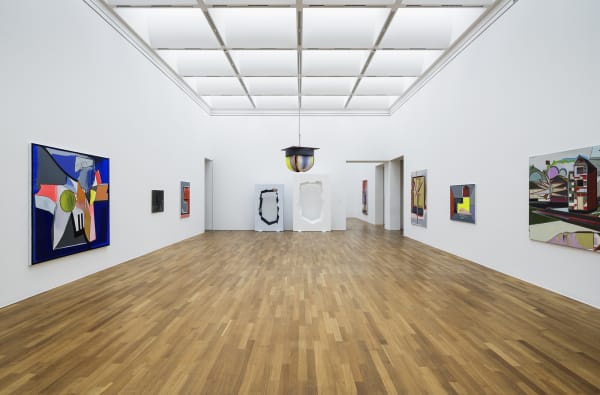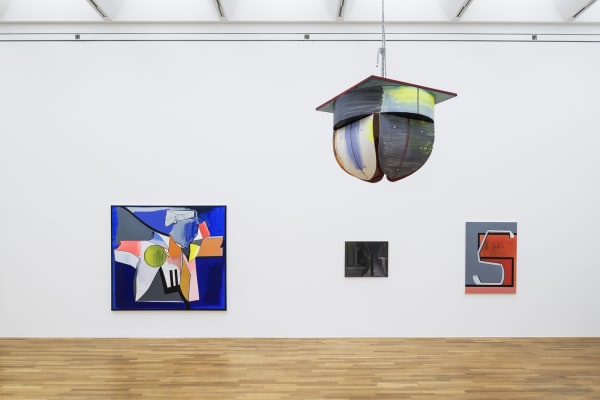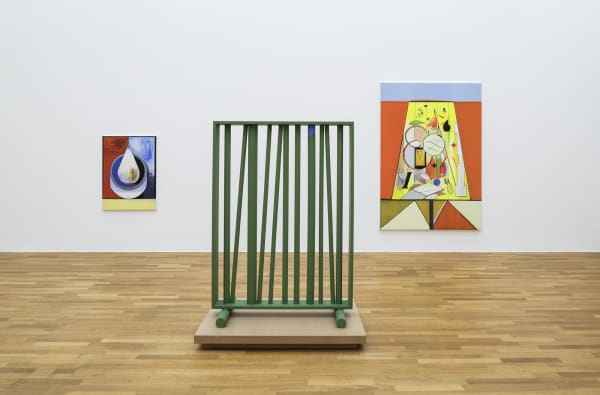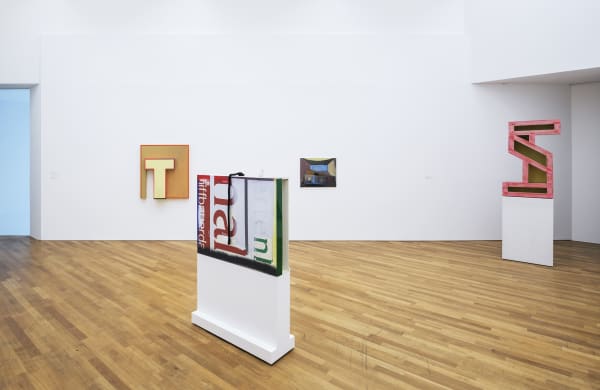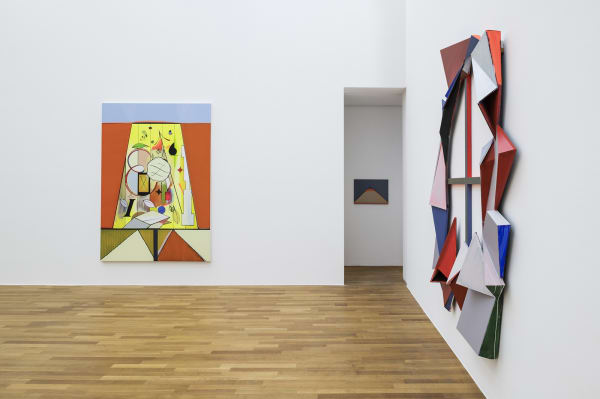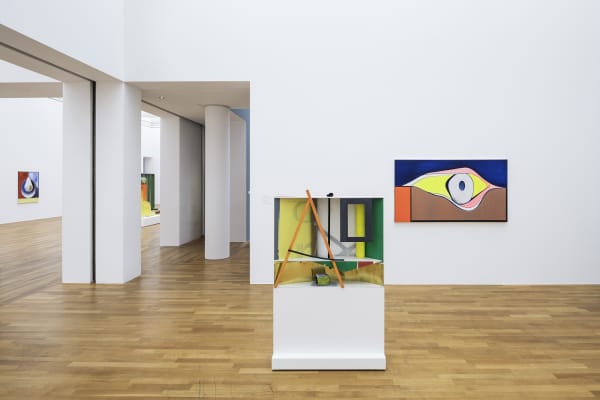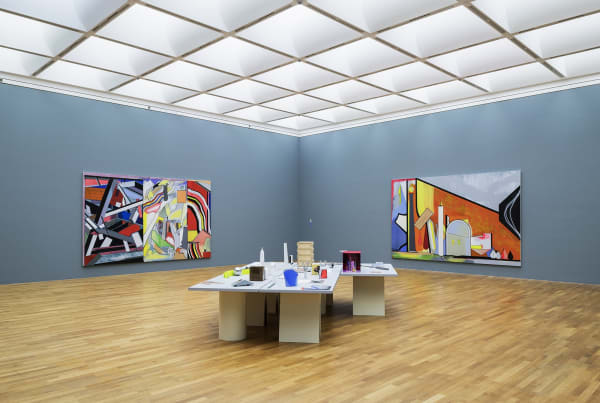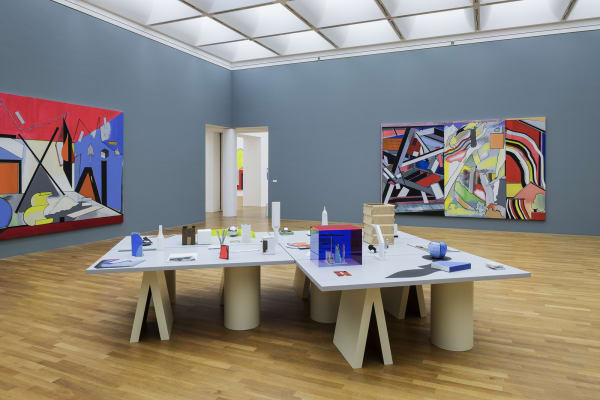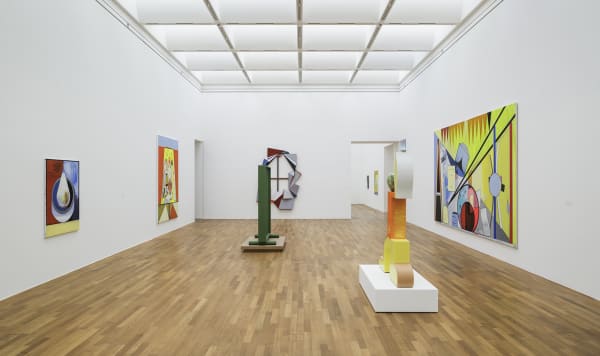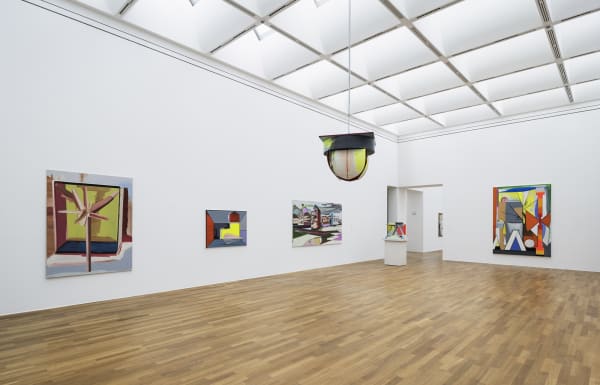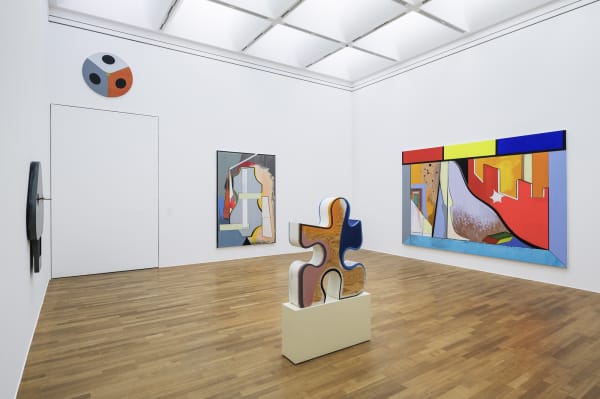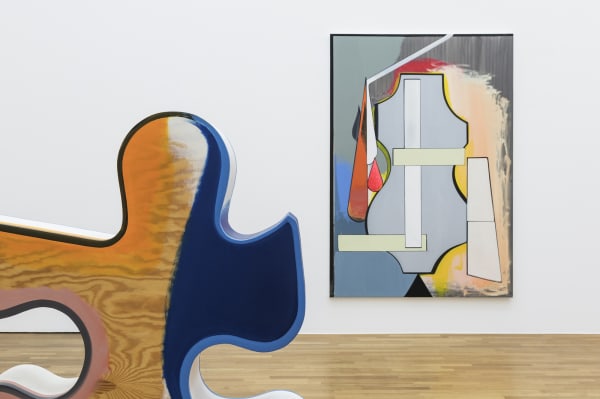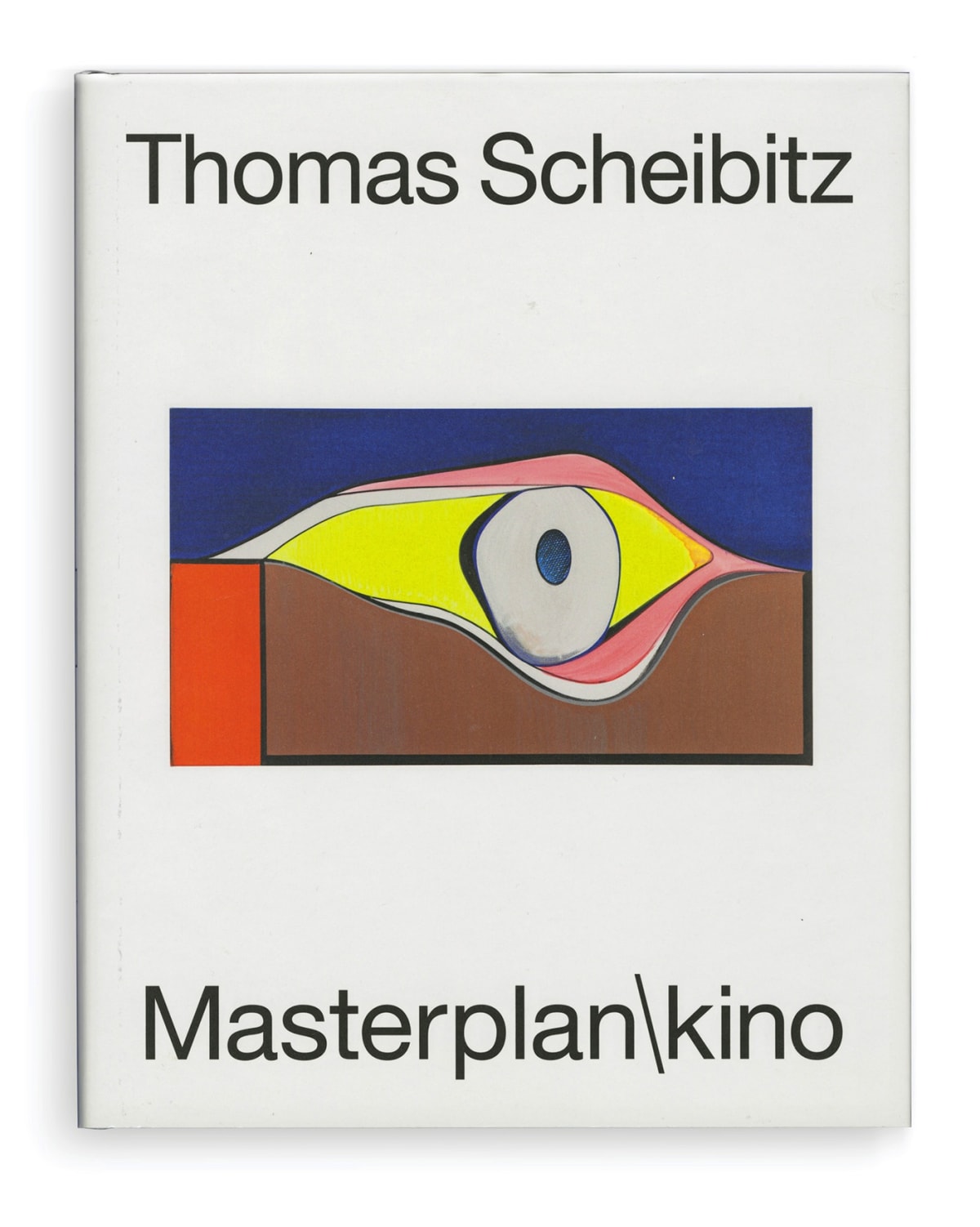THOMAS SCHEIBITZ: MASTERPLAN\KINO: KUNSTMUSEUM BONN, GERMANY
THOMAS SCHEIBITZ: MASTERPLAN\KINO: KUNSTMUSEUM BONN, GERMANY
Thomas Scheibitzâ' work, which focuses on painting and sculpture, has gained in importance and attracted a lot of attention since the artistâ' first international exhibition at the German Pavilion at the Venice Biennale in 2005. Meanwhile, Scheibitz, who was born in Radeberg in 1968, counts among the internationally most esteemed, discourse-forming positions of his generation.
Thomas Scheibitzâ' work owes its relevance to the systematic consequence with which the artist questions the media he uses in terms of their special nature, their performance and the challenges regarding their use. Central to Scheibitzâ' painterly and sculptural work is the demand for a new relation between figuration and abstraction. A comprehensive picture archive, from which Scheibitz - in spiritual kinship with Aby Warburg and his Mnemosyne Atlas - combines all kinds of pictures according to formal and associative similarity, provides the basis for the artistâ' sculptures and paintings in which he reduces and rethinks plainly legible figuration until it turns into neither mimetic nor emblematic abstraction, in which every elements gains the position of being its own "representative.†During a long process involving the "ambivalent adjustment of ideology, memory and invention†(Scheibitz) picture and sculptural body turn into ambiguous images between autonomous positing and a barely contrivable attachment to the world and to reality.
With about 70 works this is one of the most substantial exhibitions the artist has developed in the last years. More than half of the presented works were especially created for the show and are complemented by a selection of works dating from 1995-2016. Thus, the exhibition paradigmatically makes visible development, consistency and new approaches within the oeuvre.
The exhibition, which has been conceived in cooperation with the Wilhelm-Hack-Museum in Ludwigshafen (18 May - 12 August 2018), will be accompanied by a comprehensive catalogue designed by the artist containing about 100 illustrations and essays by Stephan Berg, Dominikus Müller and René Zechlin.
